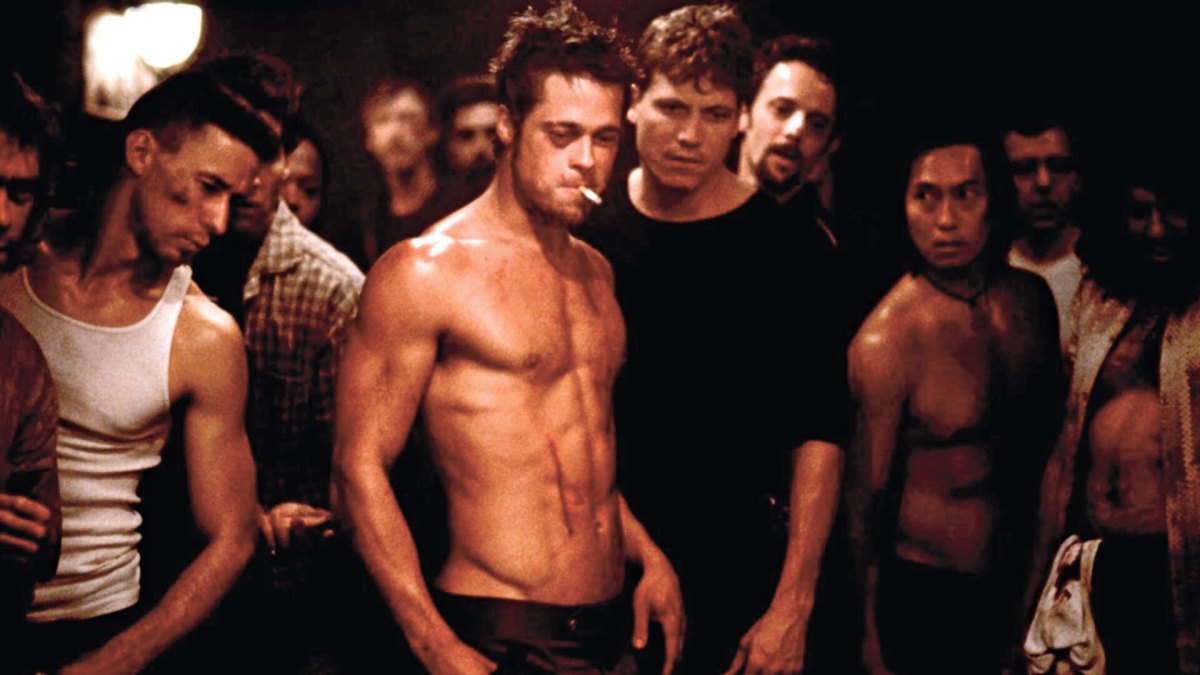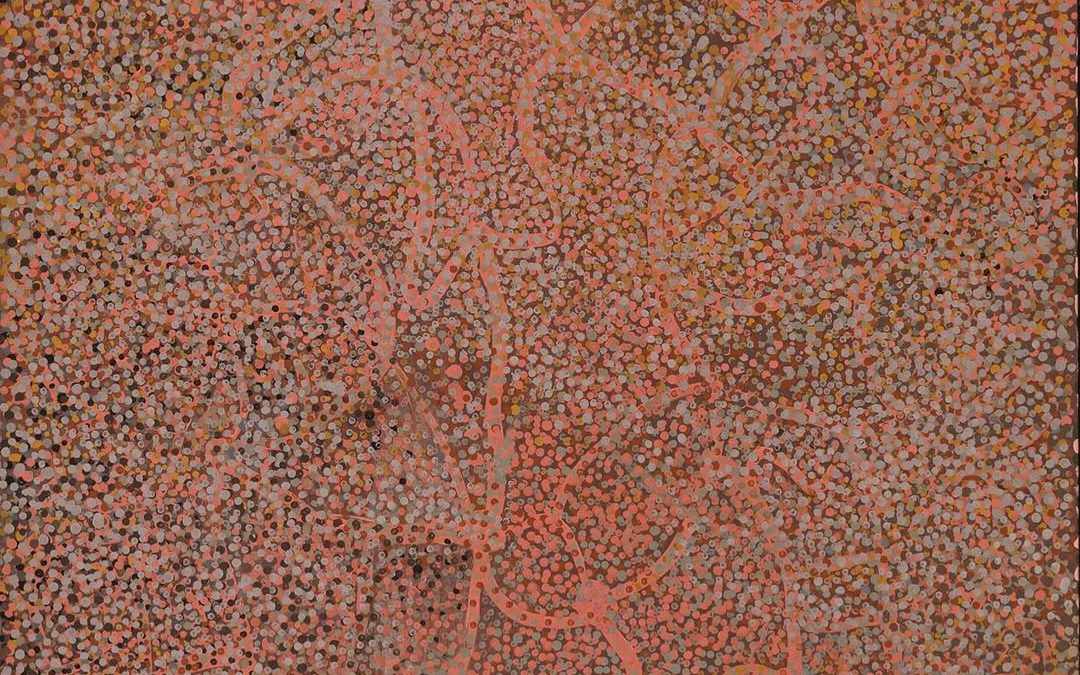Get Fight Club Ready: Recreating Brad Pitt's Intense Transformation

Remember Brad Pitt's lean, almost skeletal physique in Fight Club? It wasn't about bulging muscles; it was about a raw, functional strength that captivated audiences. The film's portrayal of masculinity redefined ideals, moving away from the classical, sculpted look of Michelangelo's David towards a more stripped-down, resilient form. But how did Pitt achieve this dramatic transformation? Let's dive into the rigorous workout routine he followed to embody the character of Tyler Durden, and explore how you can adapt it to your own fitness goals.
The Shift in Male Physique Ideals
For centuries, the classical Greek ideal, exemplified by David, dominated the concept of the perfect male body. It represented balance, harmony, and aesthetic perfection. However, the late 90s and early 2000s saw a shift. Fight Club, with its anti-establishment ethos, mirrored a growing desire for a more rugged, less polished masculinity. Pitt’s character wasn't about showing off; he was about survival, and his body reflected that.
Pitt's Workout: A Brutal Combination of Strength and Cardio
Pitt's transformation wasn't achieved through traditional bodybuilding. He worked with trainer John Sizer to create a program that focused on functional strength, endurance, and a shockingly low body fat percentage. The routine was a brutal combination of:
- Boxing: Hours of intense sparring and training, building both strength and cardiovascular fitness. This was a core element, reflecting the film's central theme of fighting.
- Strength Training: Emphasis on compound exercises like squats, deadlifts, and overhead presses, performed with moderate weight and high repetitions. The goal wasn't to build bulk, but to develop functional strength and endurance.
- Cardio: Long-distance running and circuit training to shed fat and improve stamina. Pitt reportedly ran 6-8 miles daily.
- Diet: A strict, low-fat diet was crucial. Pitt consumed around 1,200-1,800 calories per day, primarily consisting of lean protein, vegetables, and minimal carbohydrates.
The 'Fight Club' Diet: Fueling the Transformation
The diet was as demanding as the workouts. Pitt eliminated processed foods, sugar, and alcohol. His meals consisted largely of:
- Lean Protein: Chicken breast, fish, and turkey.
- Vegetables: Broccoli, spinach, and asparagus.
- Complex Carbohydrates: Small portions of brown rice and sweet potatoes.
Adapting the Routine for Today
While replicating Pitt's exact routine might be extreme, we can adapt key elements for our own fitness journeys. Focus on:
- Functional Strength: Prioritize compound exercises.
- High-Intensity Cardio: Incorporate running, cycling, or HIIT workouts.
- Clean Eating: Reduce processed foods and focus on whole, nutritious meals.
- Listen to Your Body: Don't push yourself too hard, especially when starting.
Brad Pitt's Fight Club transformation serves as a powerful reminder that fitness isn't just about aesthetics; it's about building resilience, strength, and a body capable of enduring challenges. So, ditch the gym selfies and embrace a more functional approach to fitness – get Fight Club ready!






